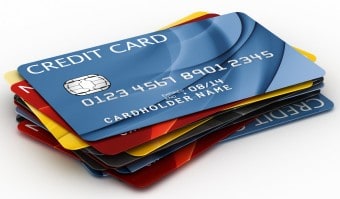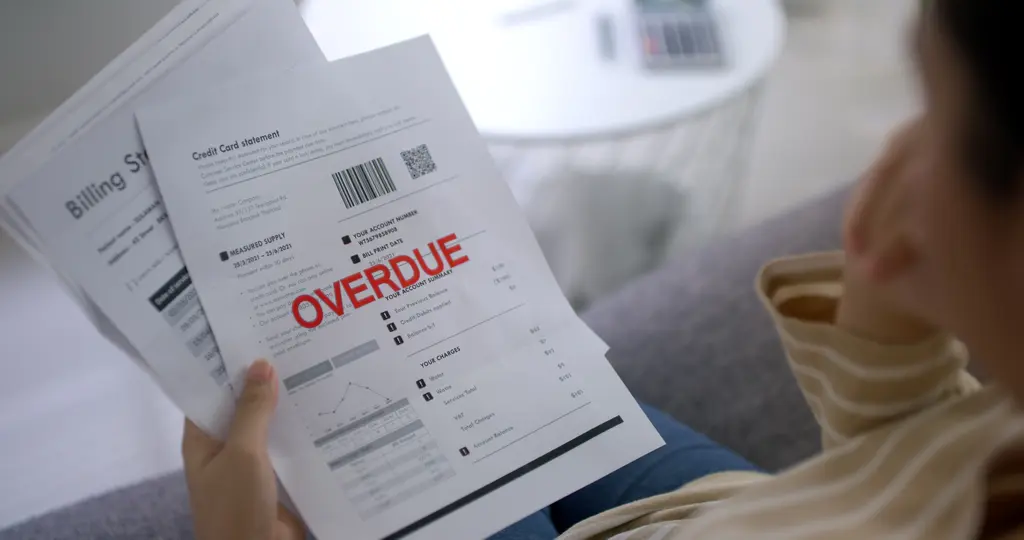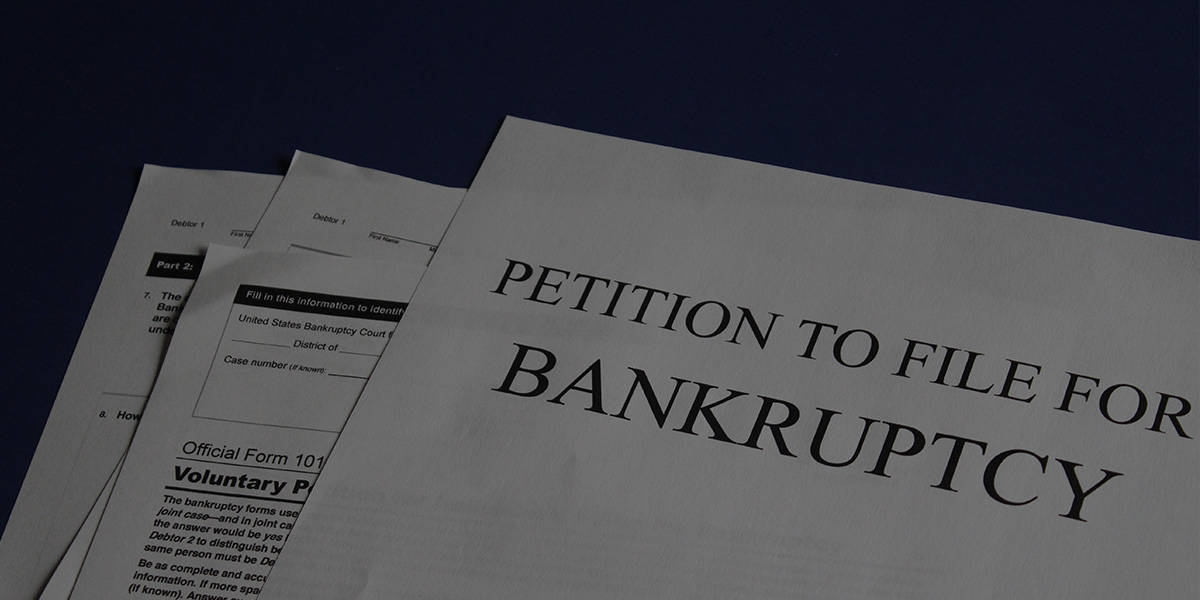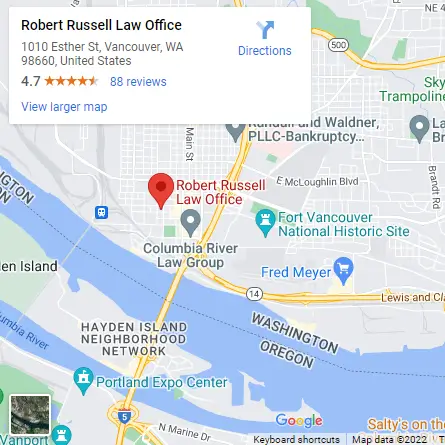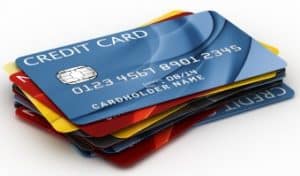 It goes without saying (despite what some politicians might think) that people don’t want to file for bankruptcy if they do not have to do so. Often, in an effort to manage their finances and avoid bankruptcy, people will transfer the balance due on one credit card to another credit card. People will do this because the second card often offers better payment terms (lower interest rate or payment) than the card that started with the balance. Often this balance transfer is an effort by the borrower to hold off bankruptcy by making their financial obligations more manageable.
It goes without saying (despite what some politicians might think) that people don’t want to file for bankruptcy if they do not have to do so. Often, in an effort to manage their finances and avoid bankruptcy, people will transfer the balance due on one credit card to another credit card. People will do this because the second card often offers better payment terms (lower interest rate or payment) than the card that started with the balance. Often this balance transfer is an effort by the borrower to hold off bankruptcy by making their financial obligations more manageable.
However, sometimes bankruptcy cannot be avoided. If a bankruptcy is filed within the 90 days after a balance transfer is made, there are at least two issues to consider.
Preferential Transfer?
One of the Bankruptcy Code’s goals is to achieve fairness in the treatment of similarly situated creditors. If a debtor pays one creditor just before filing but not another, the creditor receiving the payment is treated better (because they got payment) than the other similarly situated creditors that did not get payment (or equal payment). In that scenario, the Bankruptcy Code sometimes allows the Bankruptcy Trustee to get the payment back from the paid creditor and then distribute the recovered funds equally to all similarly situated creditors. The policy behind this process is that all similarly situated creditors get treated equally/fairly. (Click Here for an explanation of how the Bankruptcy Code categorizes credit claims.) In this “balance transfer” scenario, the Chapter 7 Trustee can very likely recover the funds from the credit card company that was paid in the 90 days prior to filing and distribute those funds, after the trustee is paid his/her fee for doing so, to all bankruptcy unsecured creditors.
Does the Trustee have to prove wrongdoing on the part of the credit card company in order to recover the funds paid to it? No. The Trustee just needs to prove that the credit card company was paid more than its fair share when compared to other creditors. For more information, please feel free to review the Bankruptcy Code at 11 USC § 547 (“Preferences”) for the actual language and specifics, including defenses, of the statute.
Fraudulently Incurred Debt?
Creditors do not like lending money and not getting paid. Creditors especially dislike lending money and then having the borrower file bankruptcy right away. In the latter scenario, the creditor might think the person borrowing the money to make a balance transfer really did not intend to repay the debt created by the transfer. As you might expect, the Bankruptcy Code provides that any debt timely proven to be created through fraud is non-dischargeable in both a Chapter 7 and Chapter 13. See 11 USC §§ 523(a)(2), 1328(a)(2). Therefore, a person transferring a debt from one card to another and then filing bankruptcy should not be surprised if the creditor files a lawsuit in bankruptcy court to object to the discharge of the debt. (Note: The transfer does not have to be in the 90 days before filing to be fraudulent incurred. Simply, the sooner one files bankruptcy, the more it looks like fraud.) If the creditor can prove to the court that the debtor did not intend to repay the debt (i.e., the debt was incurred through fraud), the debt would not be discharged. If the creditor cannot prove that, then the debt would be discharged. Therefore, a person filing bankruptcy after a balance transfer should consider this issue when considering bankruptcy.
Other
Of course, with most things in the Bankruptcy Code, there are other issues that might be presented in a “balance transfer” scenario. However, these are the two key issues usually presented. If you have any questions on this issue or any other issue having to do with bankruptcy or consumer protection, please contact us for a free initial consultation to discuss your matter.
Free Initial Consultation
Contact us today to schedule a free initial consultation to discuss your situation.

